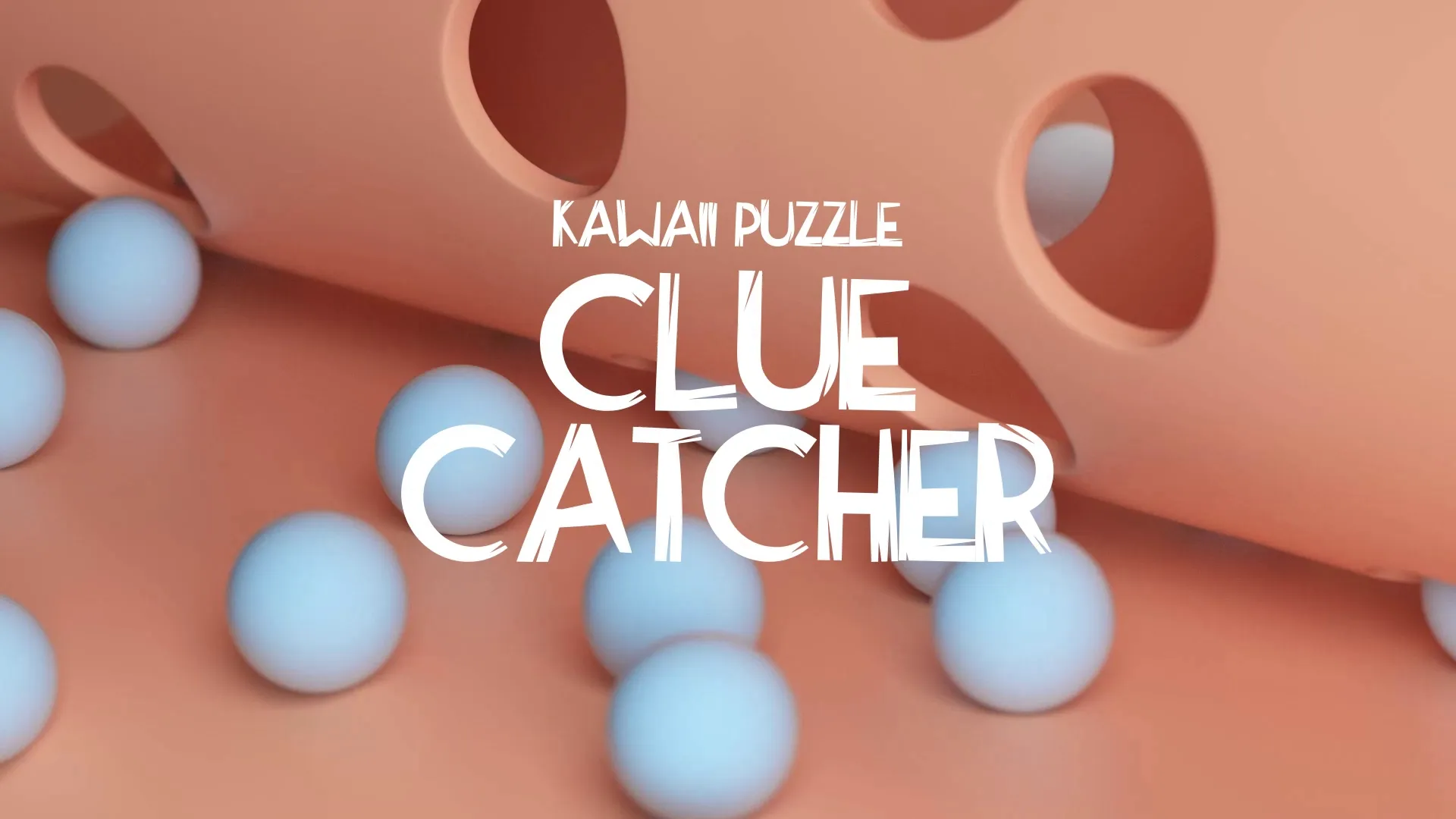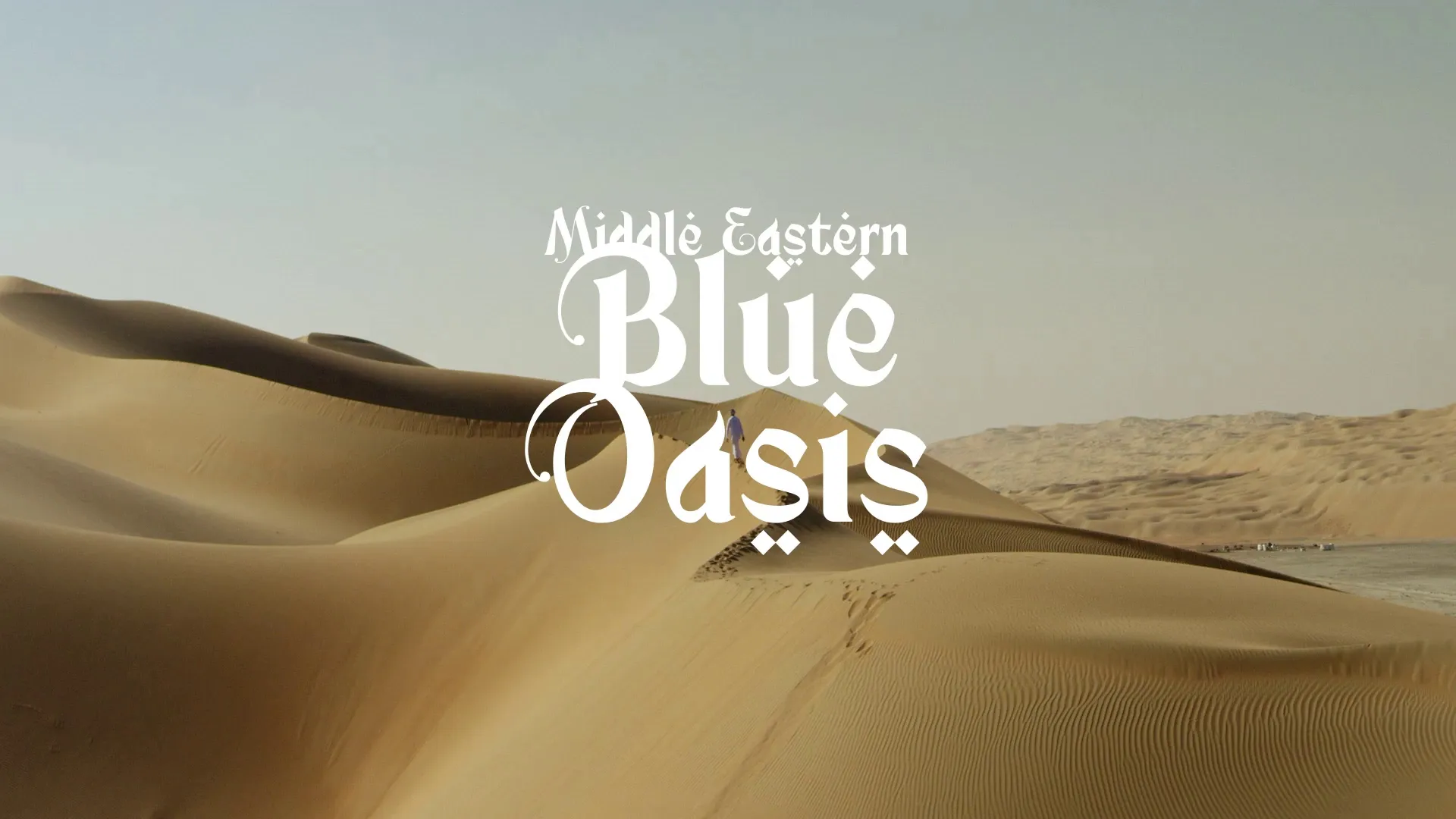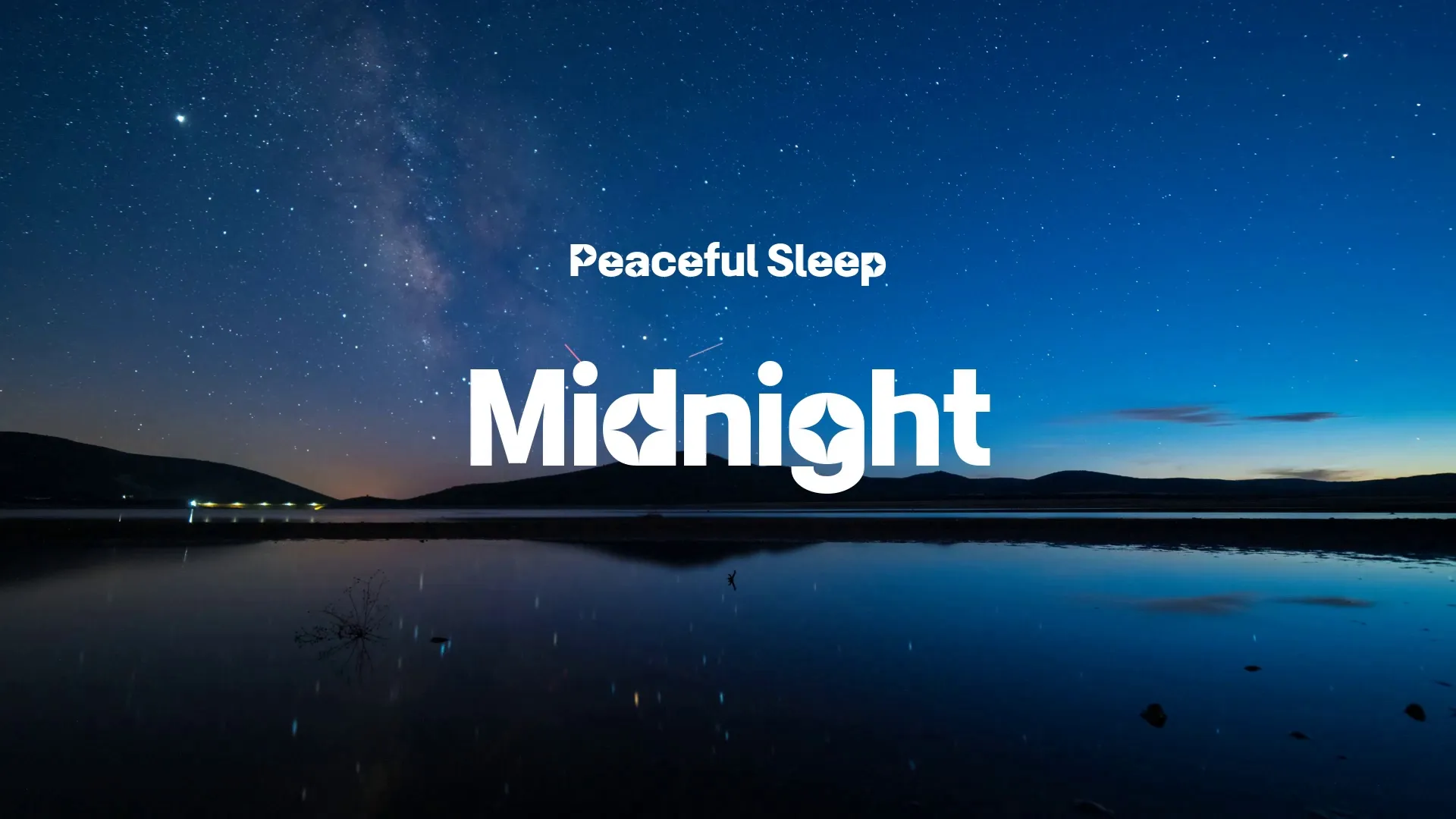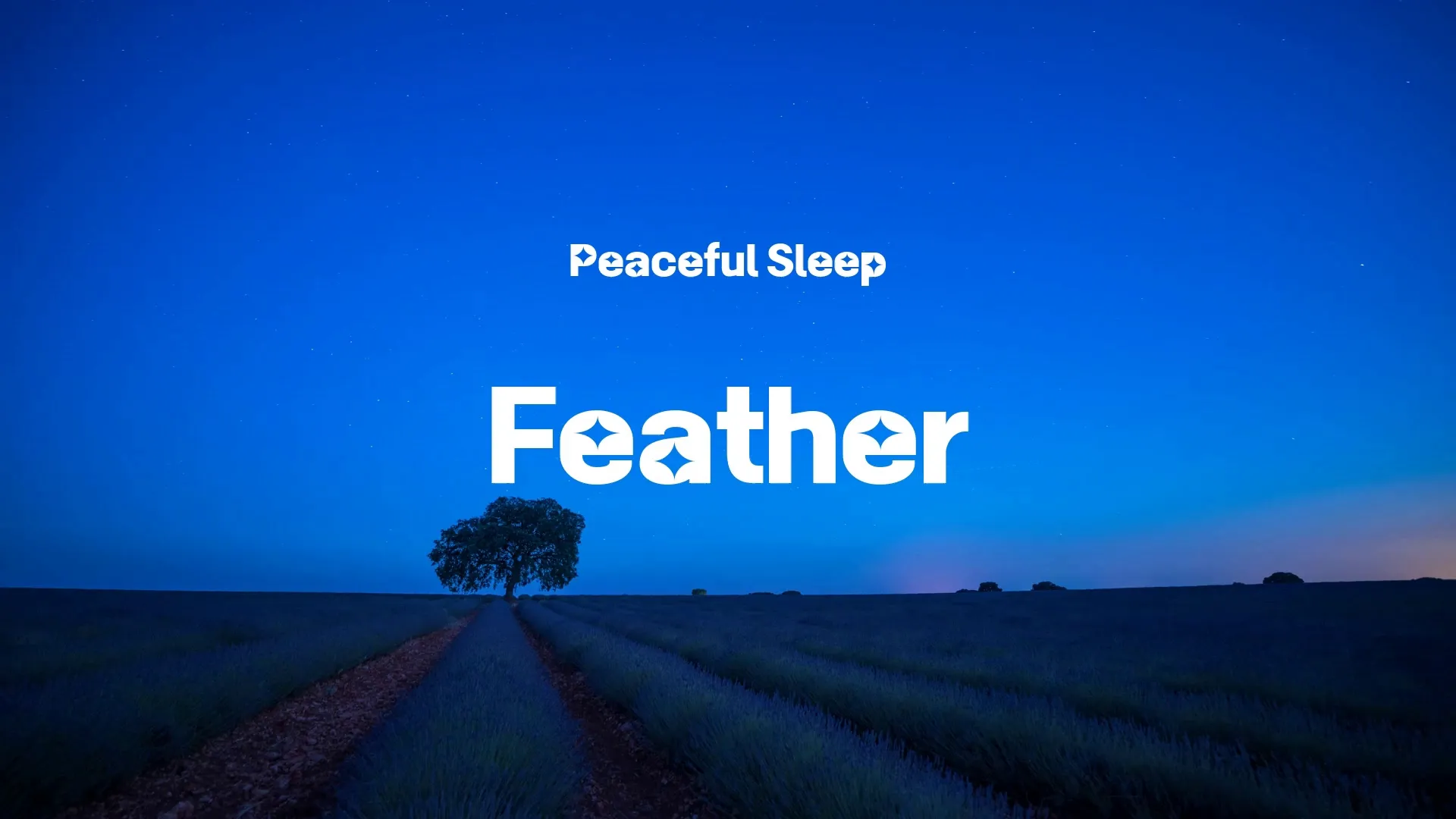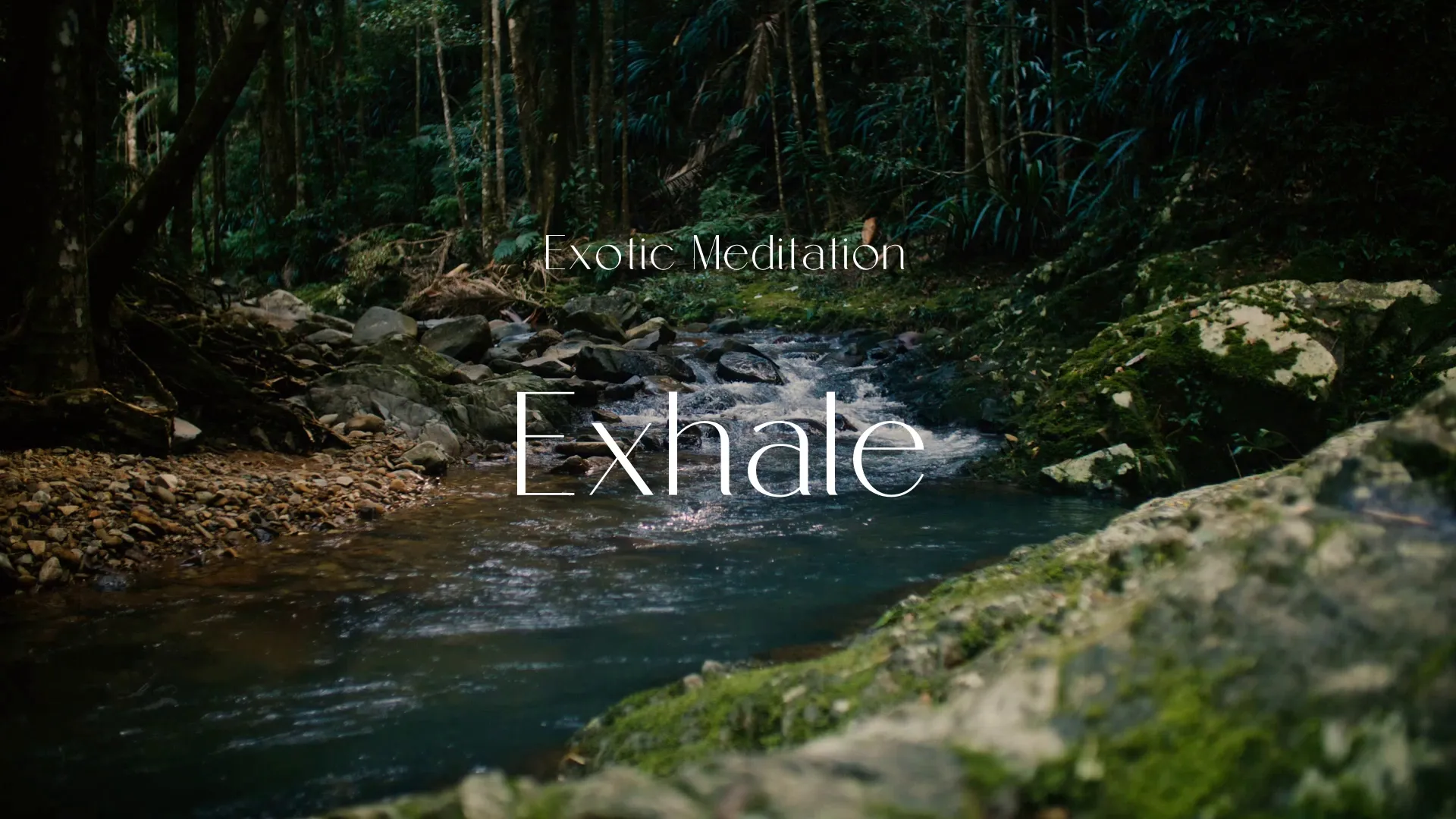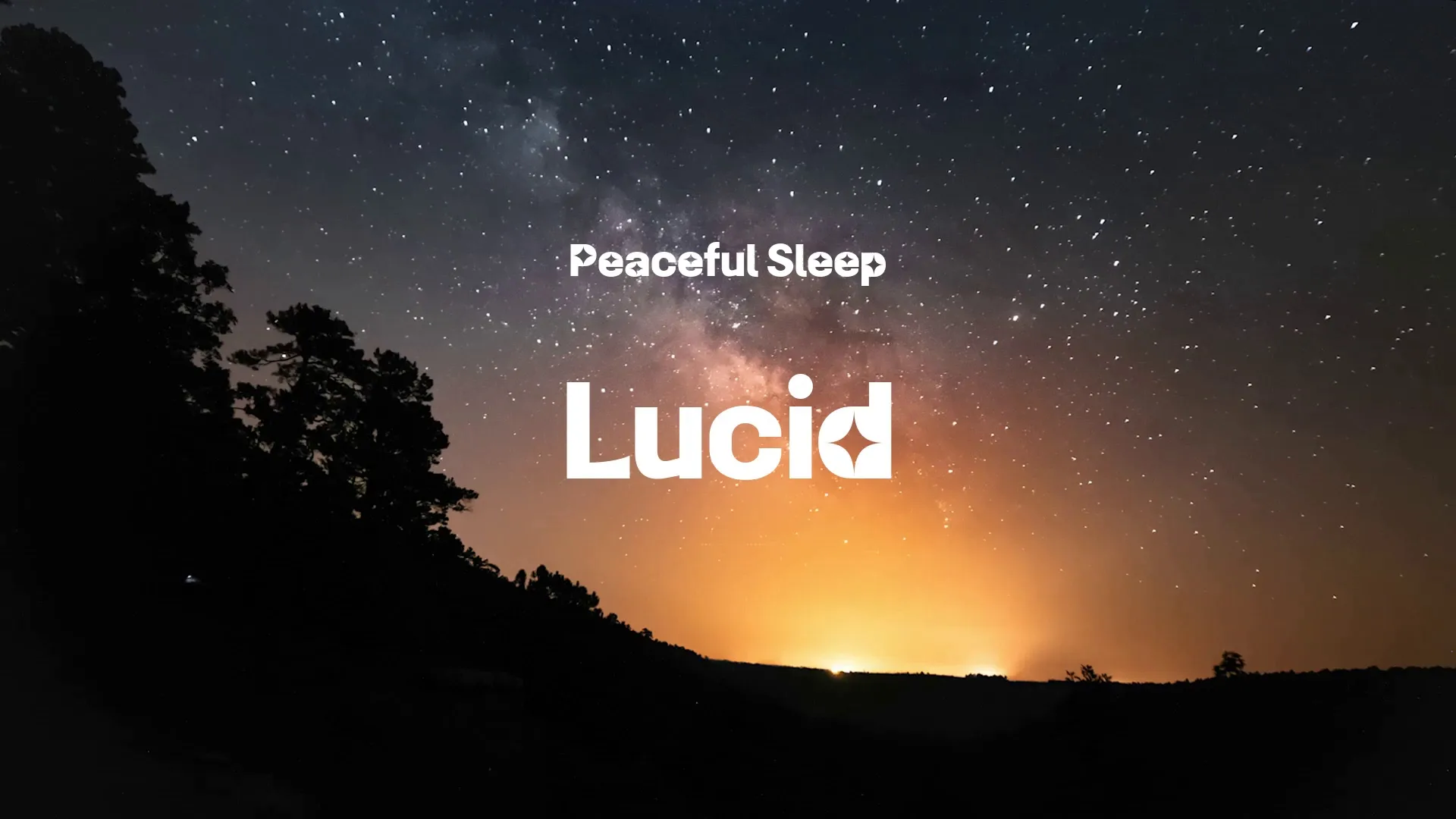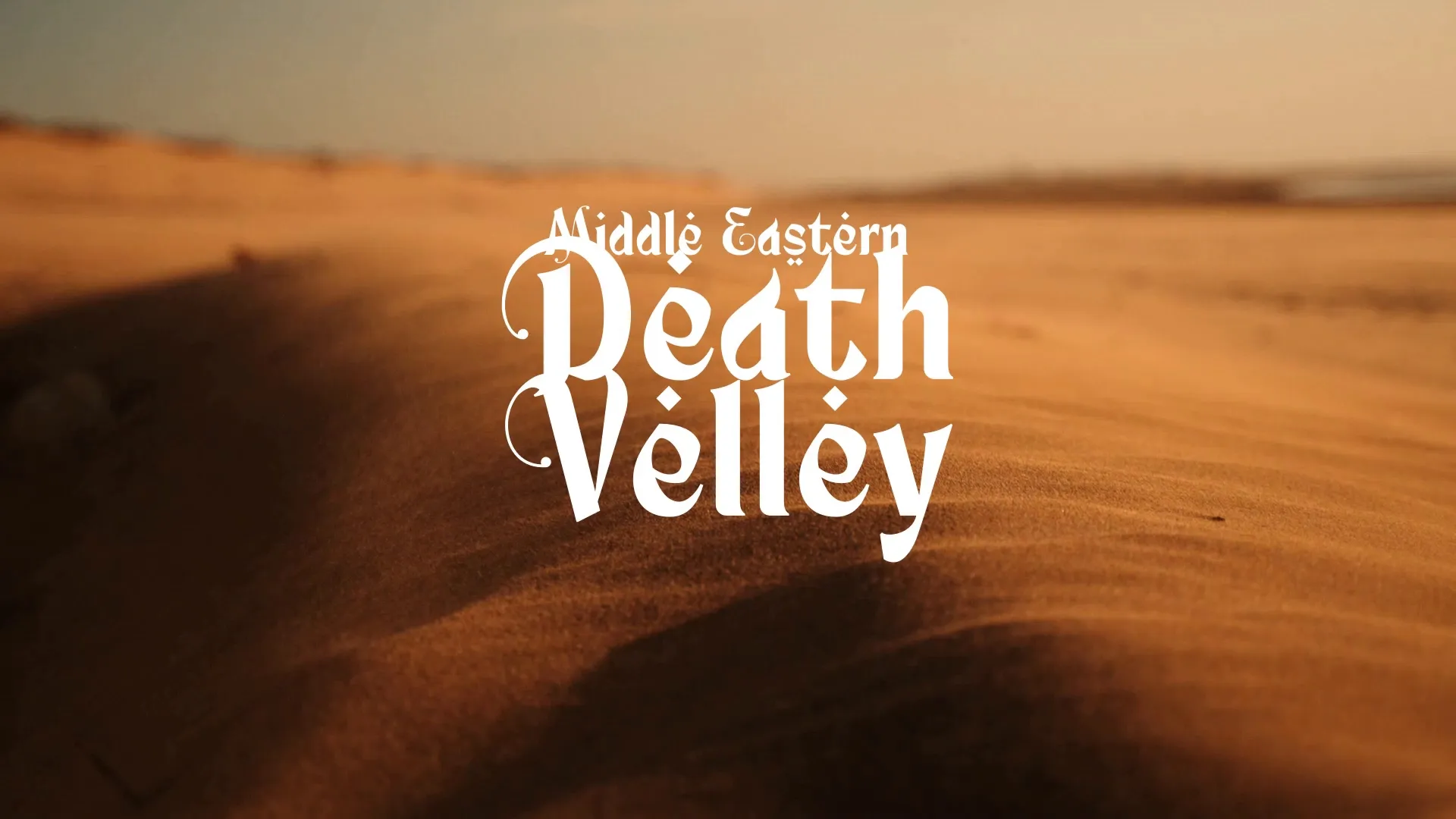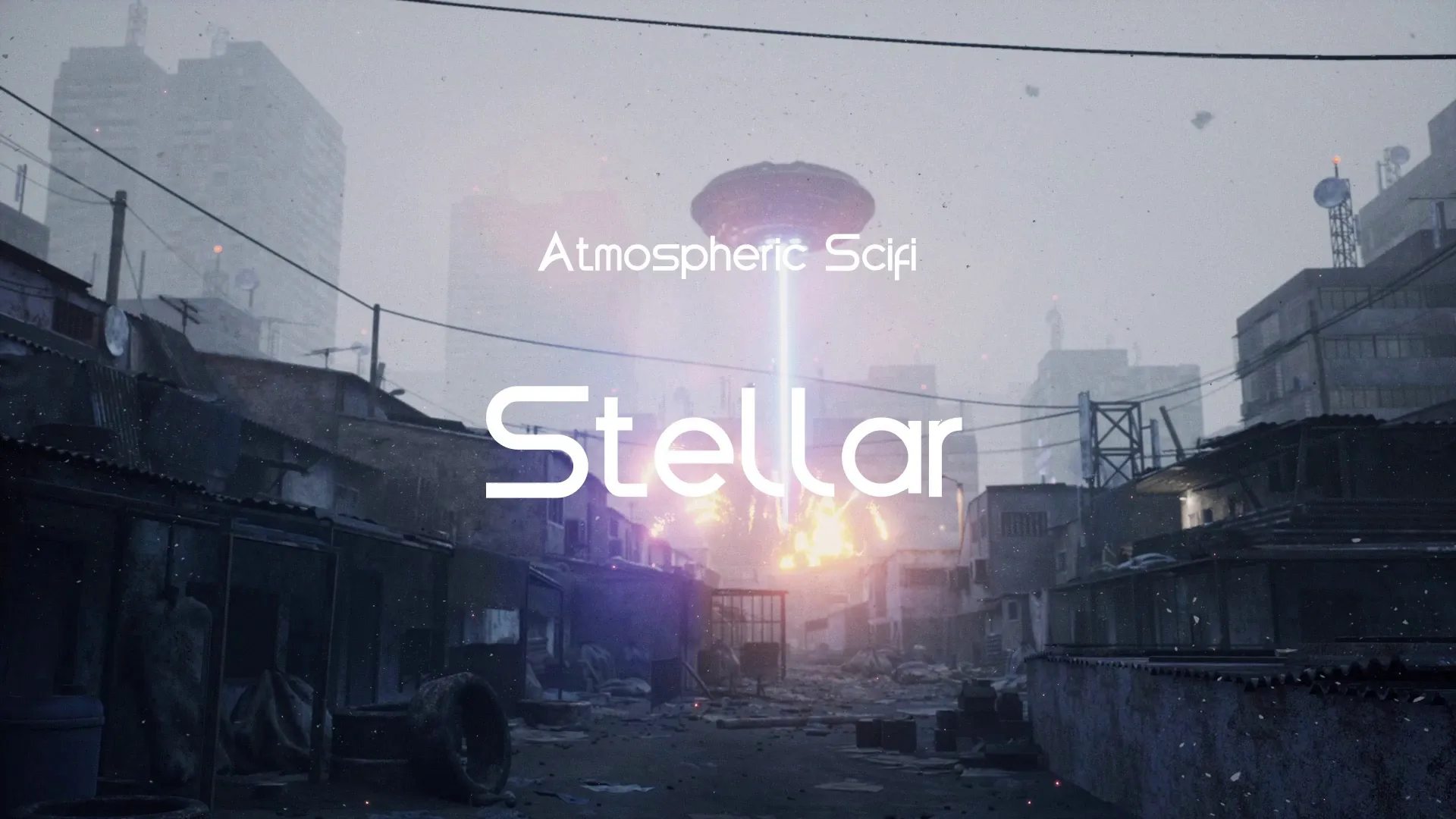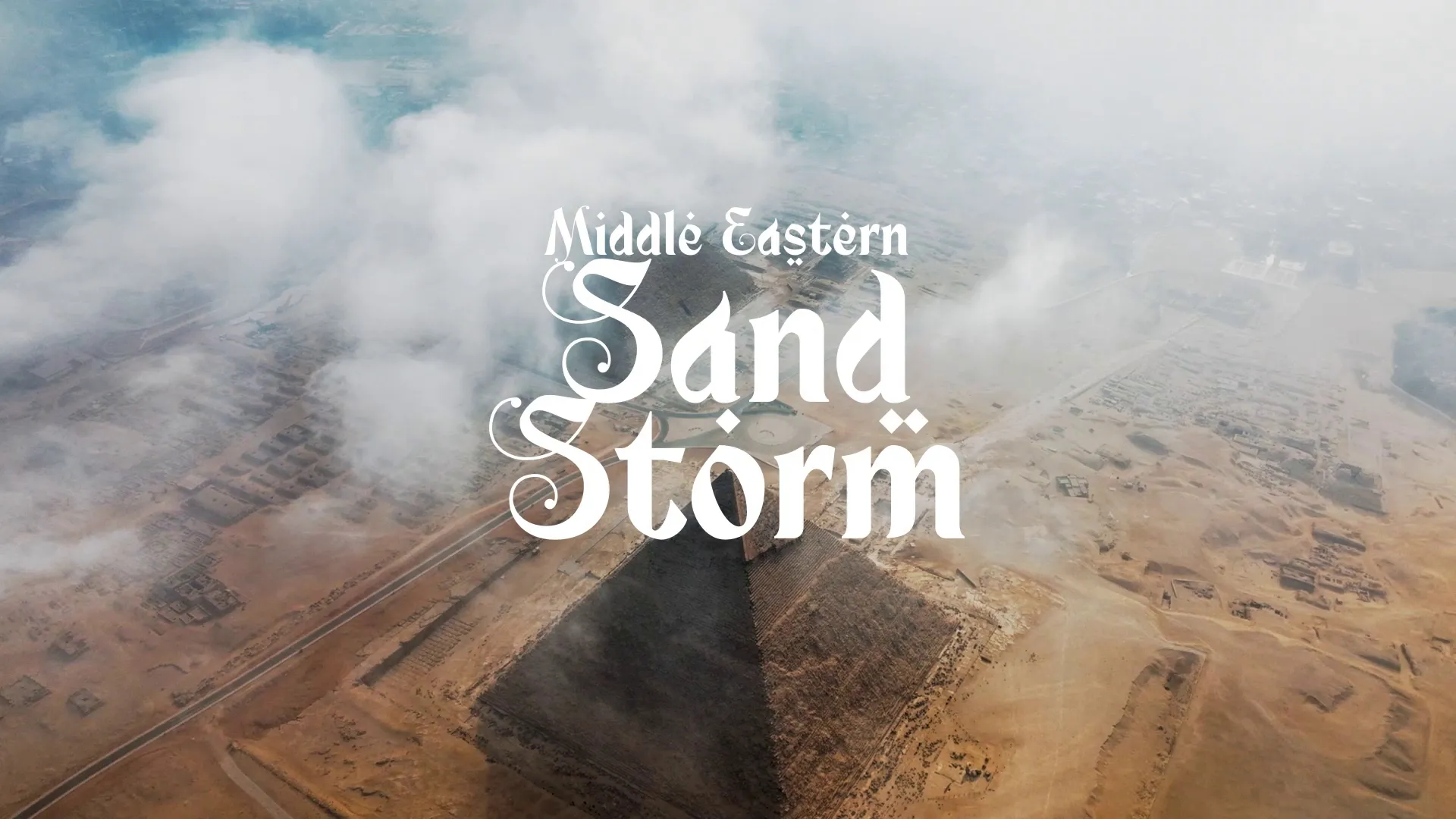The Checklist Calamity: Reclaiming Freedom in Open-World Games
The wind whispers secrets through forgotten ruins, the sun bleeds across a vast, empty sky. But what’s this? Another blinking icon on the map, another quest marker screaming for attention. Does this not cheapen the very promise of boundless freedom that open-world games once held?
We sat down with renowned game designer Anya Petrova, a dissenting voice in the AAA landscape, to discuss this very issue. Anya believes we’ve traded genuine exploration for a relentless pursuit of completion, sacrificing the soul of open-world gaming on the altar of the checklist. Let’s delve into her radical, yet deeply poetic, perspective.
The Checklist Calamity: An Interview with Anya Petrova
Interviewer: Anya, thanks for joining us. Let’s cut to the chase. Open-world games were supposed to be about freedom, about carving your own path. Now, it feels like we’re just ticking boxes. Where did we go wrong?
Anya: Ah, the siren song of completion! We were seduced, weren’t we? By the allure of measurable progress, by the dopamine hit of another quest completed.
Instead of allowing players to discover their own stories, the radiant beauty of emergent narratives, we spoon-feed them a pre-determined path, a relentless stream of tasks. It’s like offering a caged bird a view of the open sky. It’s taunting them.
Interviewer: So, you see this reliance on checklist objectives as a fundamental flaw in modern open-world design?
Anya: Precisely. It’s a corrosive force, slowly eroding the very essence of what makes open worlds so captivating. Freedom becomes an illusion.
Agency is replaced by obligation. The world transforms from a canvas for player expression into a glorified to-do list.
Interviewer: Can you give us a specific example of a game that, in your opinion, exemplifies this "checklist calamity"?
Anya: Consider the latest iteration of Assassin’s Creed. A visually stunning world, steeped in historical detail, yet ultimately undermined by a relentless barrage of repetitive side quests. Each district presents the same formula: synchronize at a high point, reveal a cluster of icons, and diligently clear each one.
Where is the sense of discovery? Where is the organic exploration? It feels more like a digital janitorial service than a grand adventure.
Interviewer: It’s an interesting point. Many would argue that these quests provide structure and guidance, preventing players from feeling lost or overwhelmed in such vast environments. What’s your counterargument?
Anya: Structure and guidance are necessary, but they shouldn’t come at the expense of discovery. The best open-world games offer subtle nudges, environmental storytelling that encourages exploration without explicitly dictating where to go or what to do.
Create a free account, or log in.
Gain access to free articles, game development tools, and game assets.
.webp)
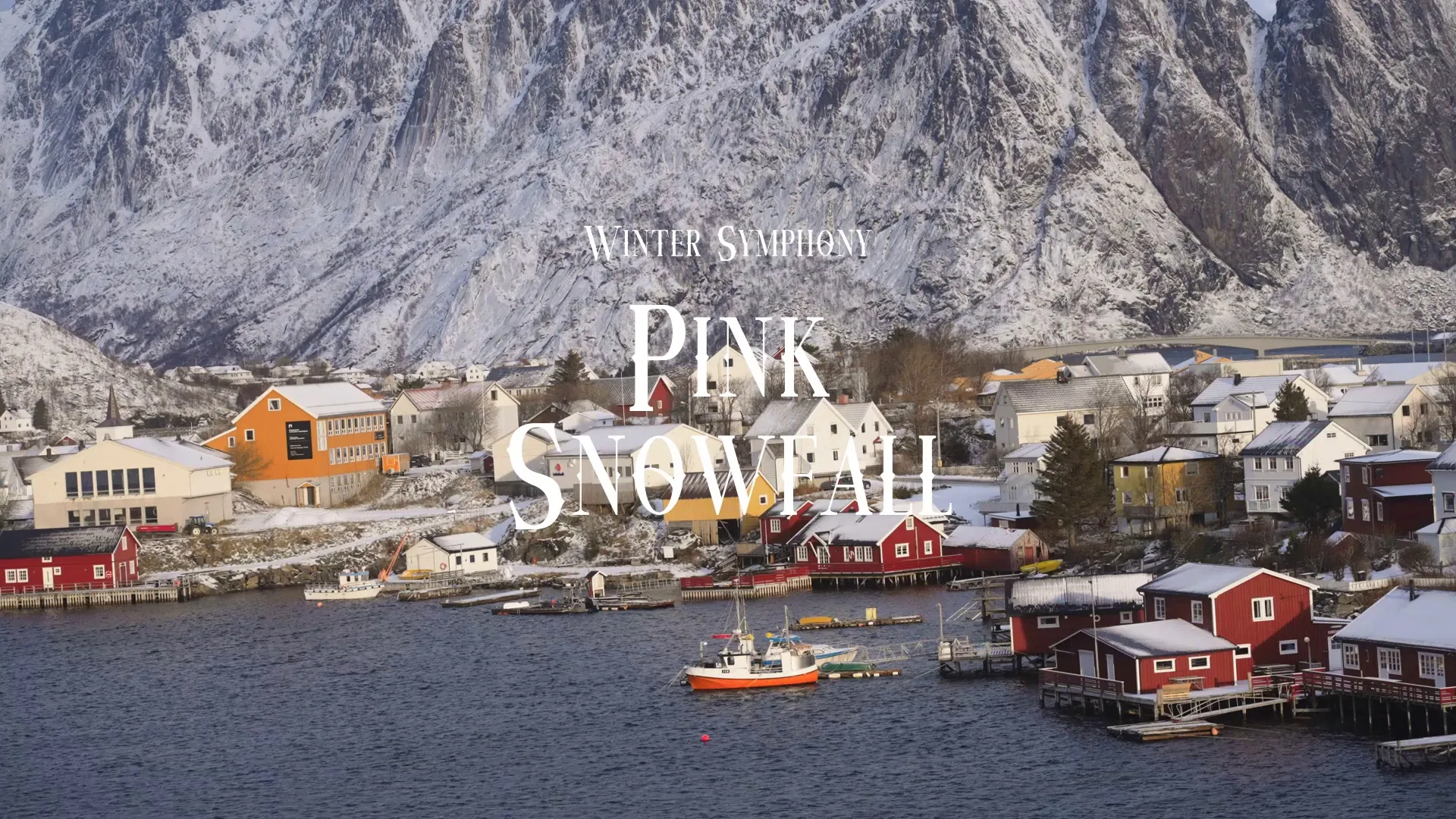
.webp)
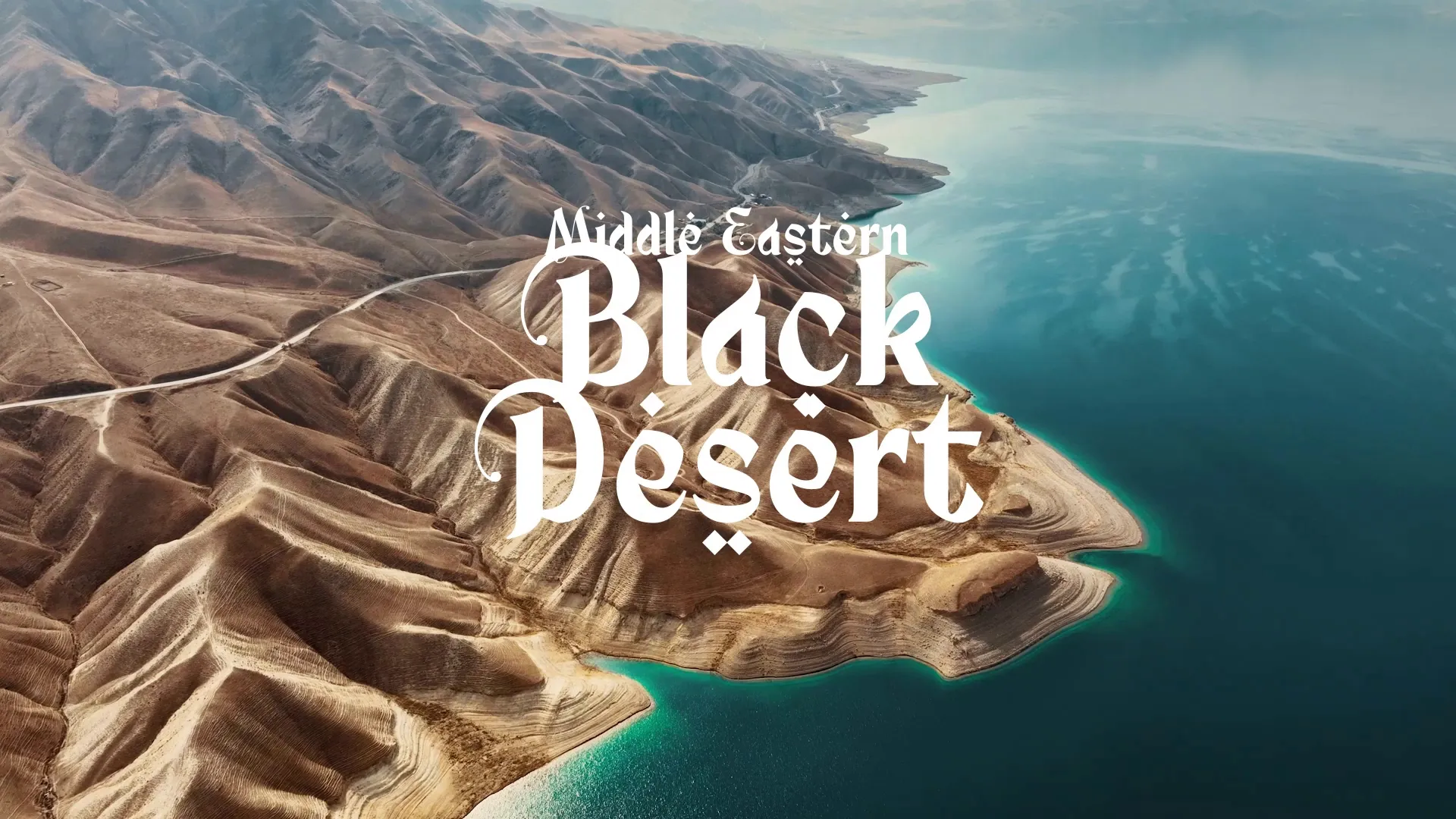
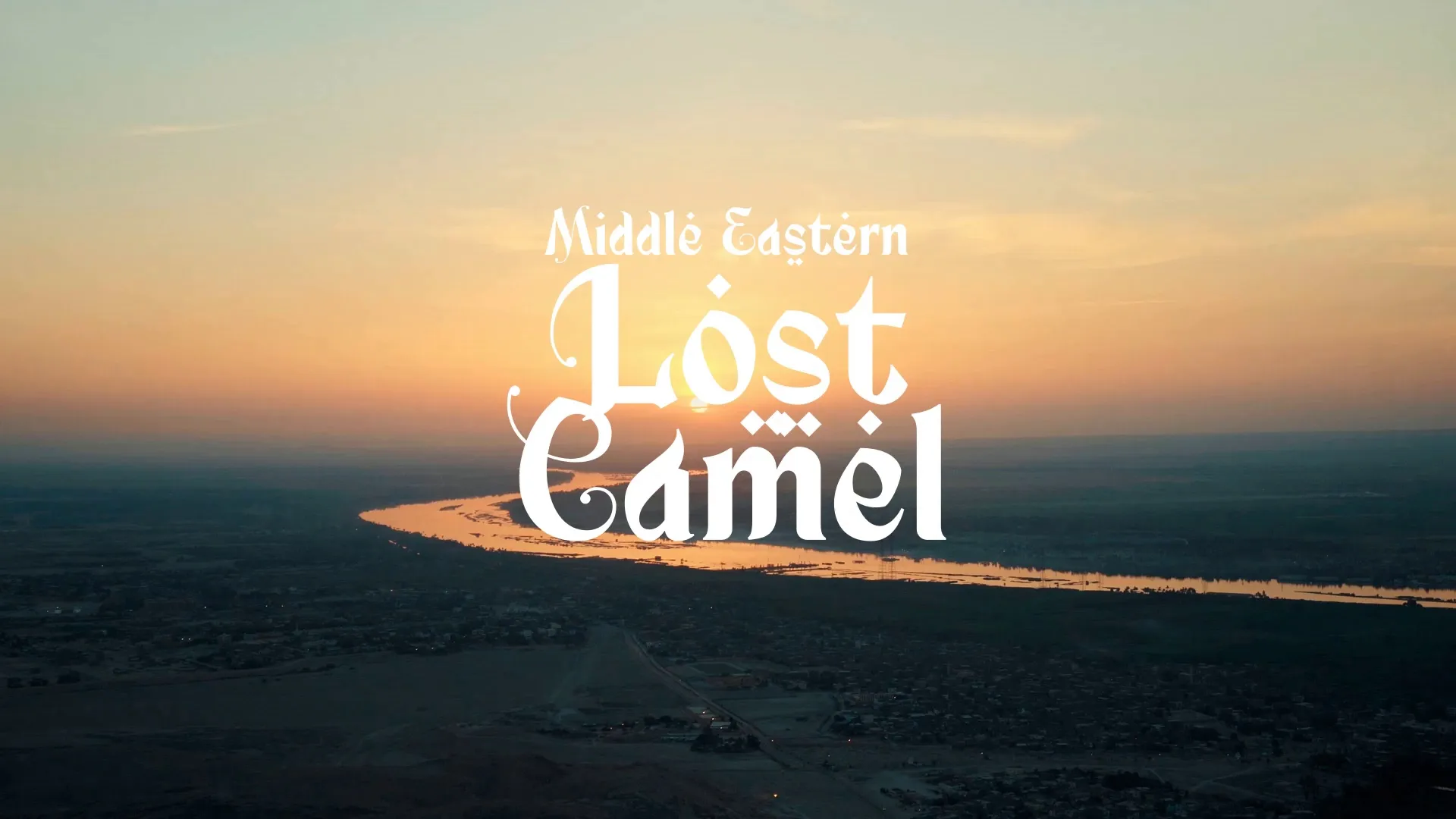
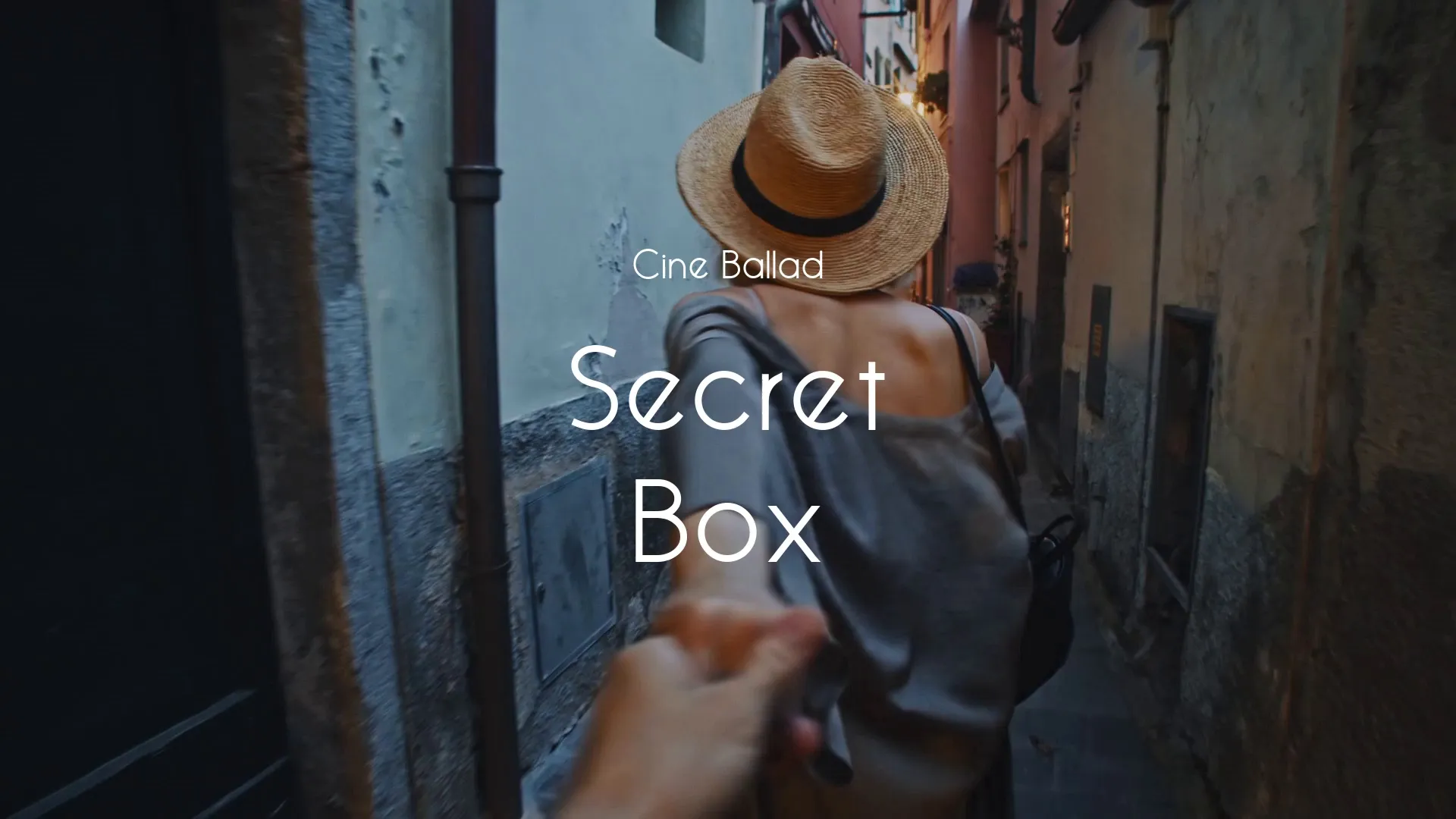
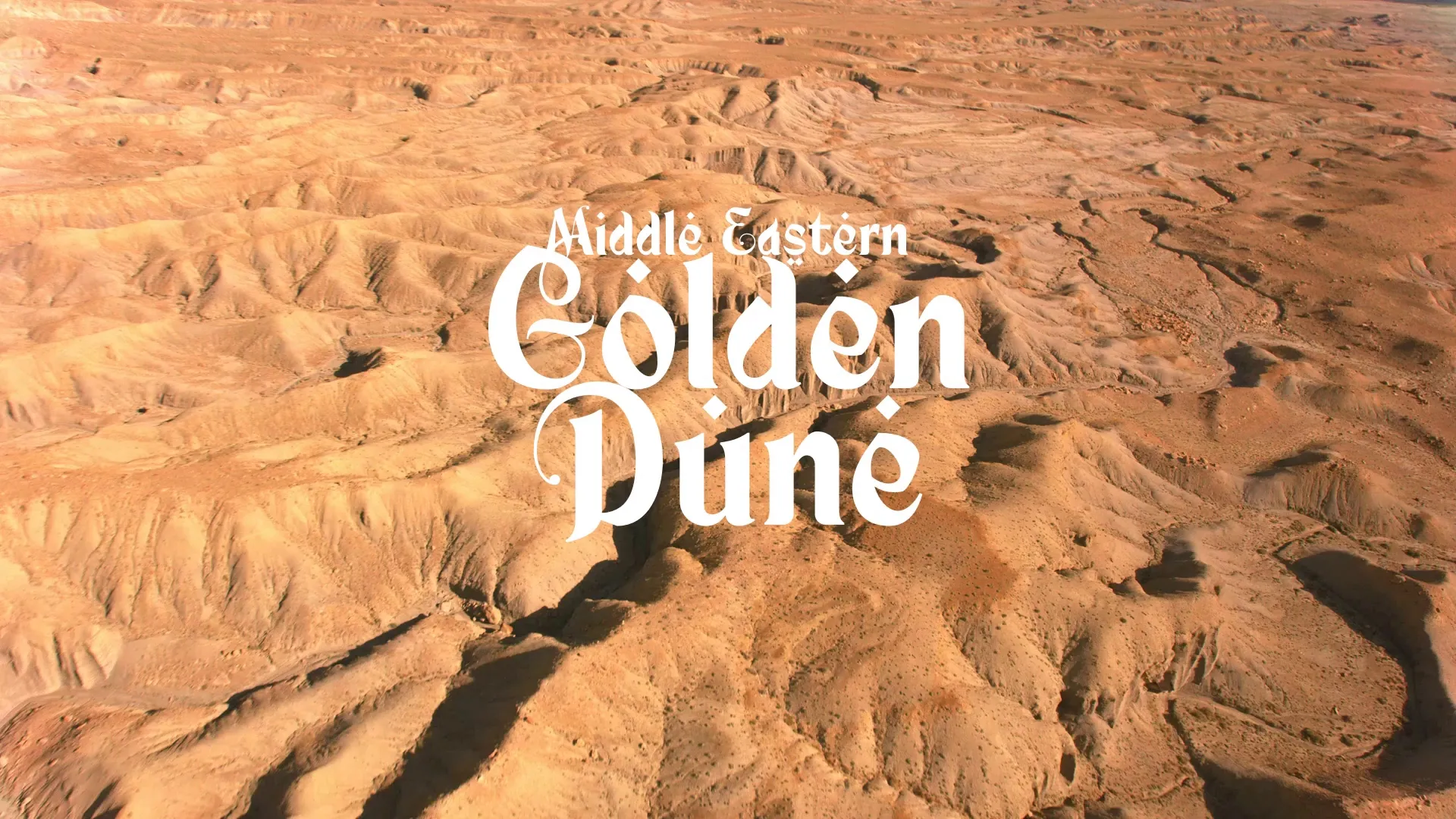

.webp)
